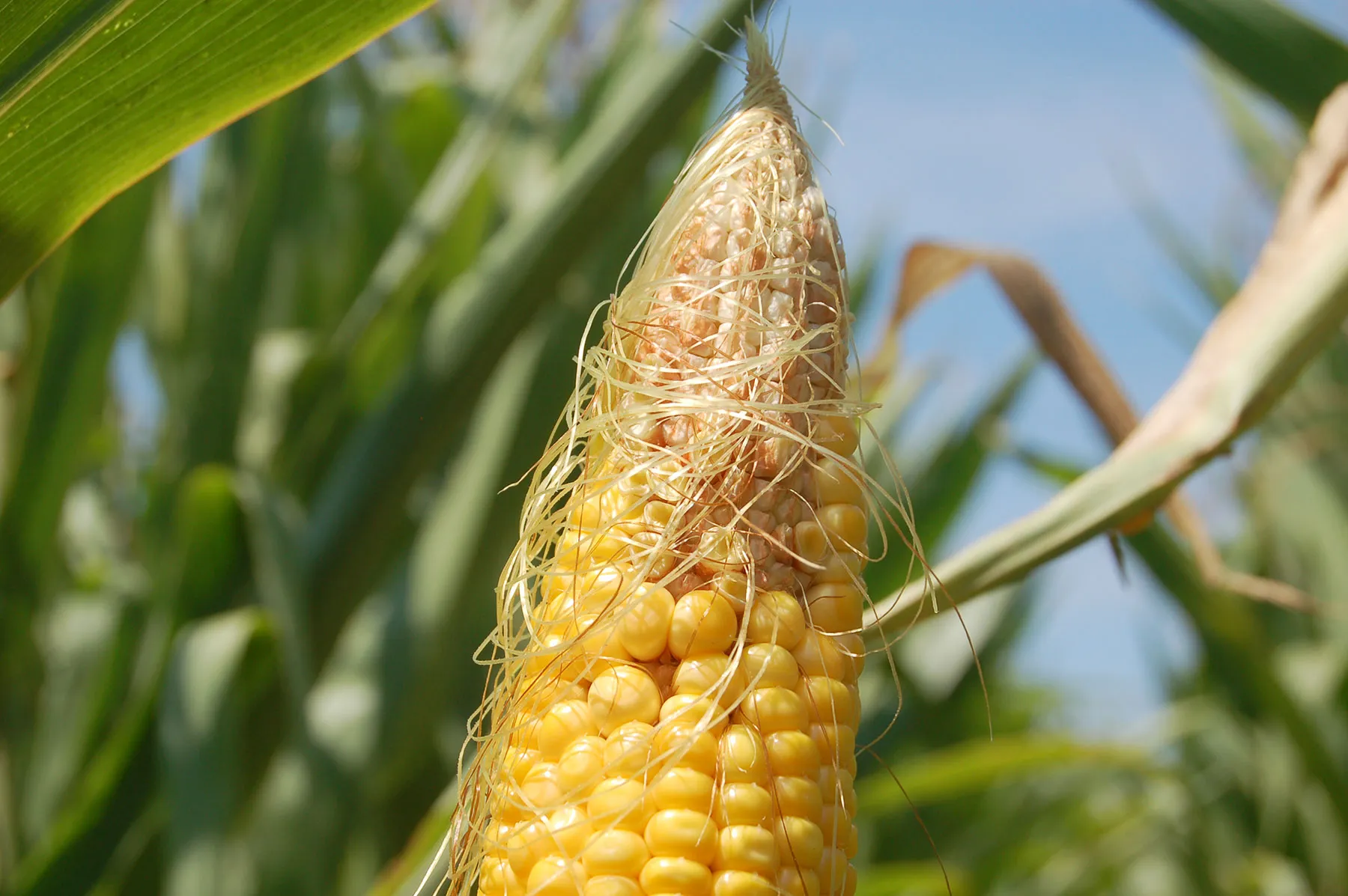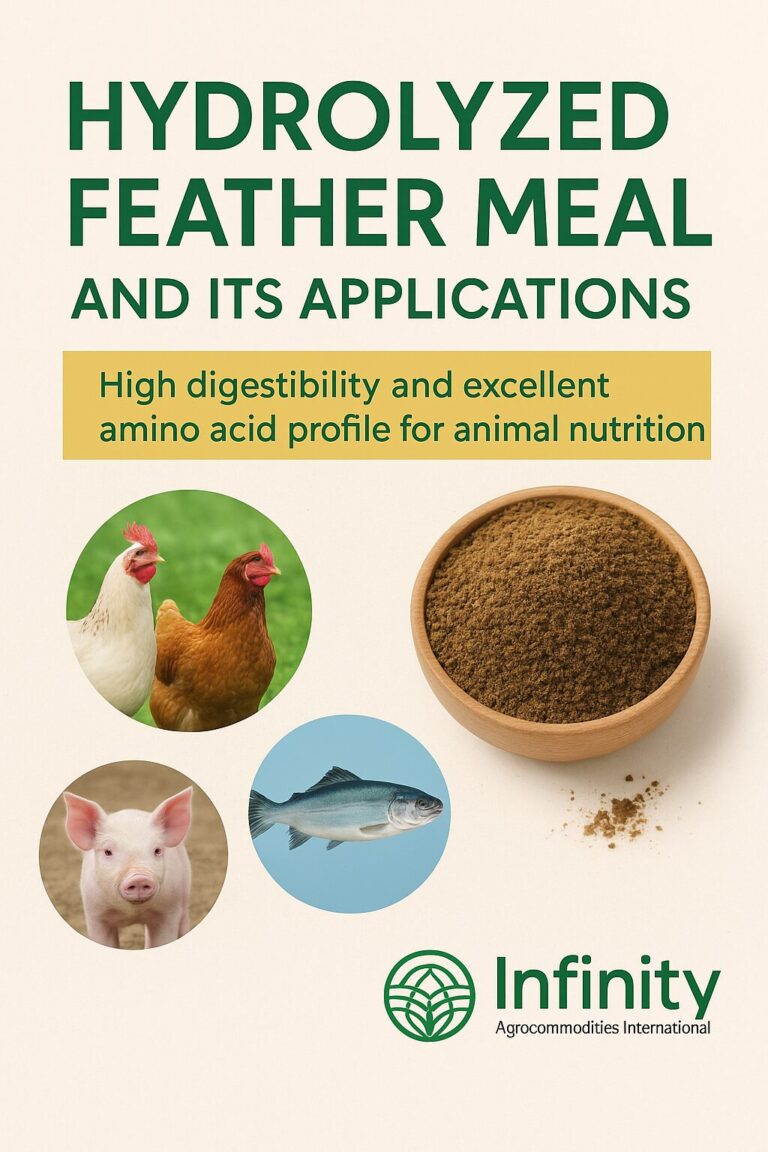To maximize yield potential in every field, consider several factors when selecting seed…
Seed selection weighs on farmers’ minds every season. Seed cost represents 12% of total corn production costs and 10% of total soybean production costs, according to Purdue University’s “Crop Cost and Return Guide.” This number illustrates the significant risk a farmer’s seed decision makes to the overall operation.
But farmers may now make decisions differently because of the changes in the economy, says Jim Shertzer, head of branded marketing with Syngenta. “In a down economy, you’re going to need the best out of every acre, and you need maximized production,” he says.
Maximizing yield and maximizing profit are not always the same. When selecting seed products, farmers should evaluate their economic and agronomic conditions, and determine which priorities are most important.
Corn seed selection
Hybrid selection is one of the most important corn management decisions. The genetic yield potential of different corn hybrids varies greatly, directly impacting yield, as well as input costs.
“The right hybrid, the right situation, the right farm is of utmost importance,” says Craig Moore, corn lead with Beck’s Hybrids. “The driving factor behind hybrid selection should be from a regional perspective on where a grower is located, down to the soil type on that specific farm. Both play a crucial role in the outcome and success of each product.”
Emergence scores
The early-season seedbed can be inhospitable for corn seeds and seedlings. Scott Walker, corn product marketing manager with Corteva, says growers should pay attention to emergence ratings when making corn decisions, especially when planting early. “Emergence scores are key,” he asserts. “You want to make sure that if [a seed] has a lower emergence score, keep it in the shed a couple of weeks longer until you have a favorable long-term forecast.”
Walker also advises considering seed treatments to protect stands from disease and insect pests, particularly in the early season. “The combination of genetics and seed treatment is something growers need to look at,” he says.
Diversity reduces risk
Just as a diverse financial portfolio helps spread investment risk, selecting a diverse mix of hybrid maturities can reduce yield risk. “There’s not a perfect hybrid out there; they each have strengths and weaknesses,” says Brent Tharp, technical product manager for Wyffels Hybrids. “If you only plant one or two hybrids, and they share a common risk, and that risk factor hits, you’re really paying the price. So, it’s good to spread that risk over different genetics.”
A range of relative maturities also reduces risk. “The rule of thumb is to plant 50% in your target maturity, and then plant 25% two to four days later in your relative maturity, and 25% two to four days earlier,” Tharp suggests.
Consistency is key
The key to picking hybrids that perform well is observing documented consistency from yield performance in test plots. Jeff Coulter, Extension specialist at the University of Minnesota, recommends studying yield trials at various locations. “Gather results from as many sources of information as possible and as many trials as possible,” he says.
Evaluate a hybrid’s performance relative to the trial’s average yield. Coulter recommends hybrids that consistently yield in the top 20%.
“Hybrids can then be further filtered for traits important to your operation, such as resistance to foliar diseases in a continuous-corn situation,” he concludes.
Understanding ear flex and management
Corn ear type can be determinate (fixed size), flex (variable size), or some variation. Flex-ear hybrids can adjust ear size, depending on growing conditions. Understanding how a hybrid flexes (girth, length, kernel) can impact management decisions, say Kevin Gale and Josh Johnston, agronomists for AgriGold.
“First, we place the hybrid to match genetics and soil type; then, we can implement management strategies,” Johnston says. “For example, if the hybrid flexes by kernel depth, that’s at the end of the life cycle. In this scenario, management needs to be focused on that segment of the life cycle to get the most potential out of the hybrid.”
“If an ear flexes by length,” Gale adds, “that product sets up over a long period of time from about V8 to tassel. Whether we’re talking about ear length, girth, or kernel depth, those management decisions need to be made ahead of time to put ourselves in a good position during that segment.”
Talk about traits
Insect trait protection technology can help reduce the risk of insect-feeding damage such as stalk and root lodging, dropped ears, and yield loss. To protect most corn production areas, identify the possible insect pests and select the proper traits for control.
There are lots of options, Jason Harmon, technical agronomist with DEKALB Asgrow, assures.
“I like to look at the hybrid first and then the trait, unless I’m going into a situation where I know what pest I have to fight against,” he says. “If I know I have rootworm concerns, I instantly start making sure I’m looking for that trait, and then the hybrid.”
Knowing your insect pressure helps in hybrid selection, says Tharp.
“I encourage growers to dig roots regardless of the trait in some fields, just to make sure you know what’s going on from a rootworm perspective,” he says, “and if the traits that you’re planting are holding up.”
Tight margins make this more important; making an uninformed decision can cost you, Tharp says.
“Sometimes we do not need a fully traited package hybrid,” he notes. “We can get by with lesser traits, which are lesser costs.”
Consider disease resistance
When weighing hybrid disease tolerance, it’s important to consider historical disease trends in specific fields or regions. For example, acres in continuous corn, where diseases overwinter in residue, require stronger disease tolerance.
In recent years, tar spot has become a disease of focus. “In northern Indiana, tar spot is an evolving disease,” says Harmon. “We’ve seen the worst of it in 2021, and we know what it can do. We’re advancing hybrids that have better tolerances to tar spot and utilizing those in the areas with tar spot pressure.”
Also consider applying fungicide. If that is not a likely option, look for hybrid disease packages with above-average disease ratings.
“Are farmers willing to utilize a fungicide? Can they get it applied in a timely manner? Or is there an area they can’t apply fungicide or don’t want to?” Harmon advises. “Then, we can adjust to choose a hybrid that will be able to give us better tolerances against those diseases.”
Source: https://www.agriculture.com/factors-to-consider-when-selecting-seed-8676213





